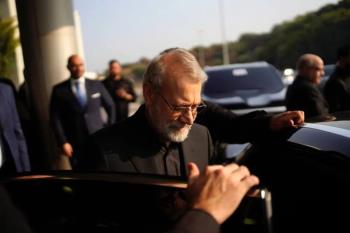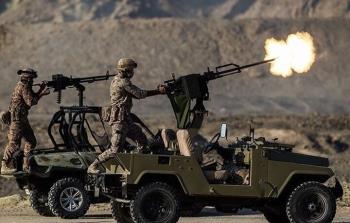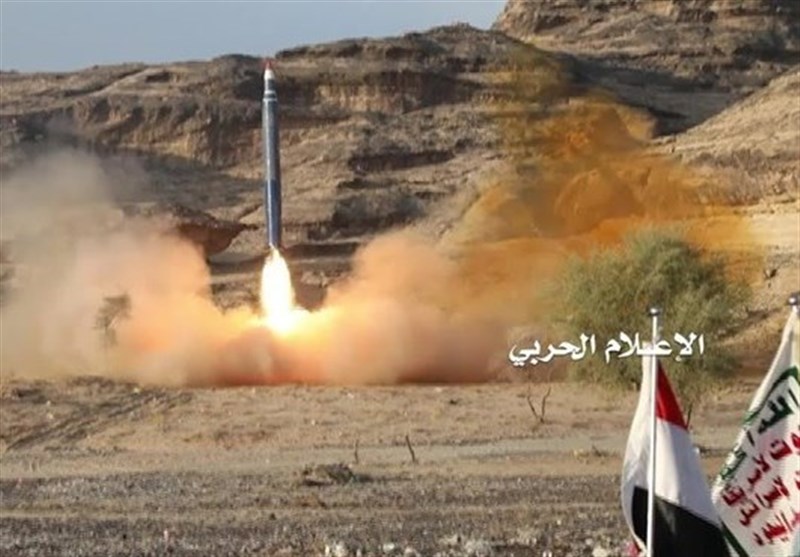Alwaght-The American daily The Wall Street Journal in a report on The Yemeni attack on the United Arab Emirates acknowledged the military advances that Yemeni forces have made in recent years, saying now, they could hit targets lying “1,000 miles (1,600 kilometers) away from their mountain strongholds”.
The report came a day after the impoverished country’s defense forces staged their latest bout of retaliatory strikes against Abu Dhabi and parts of Saudi Arabia.
The Yemeni forces “have hit the UAE before, but this was the first time the Emiratis acknowledged it,” wrote the US daily.
The strike showed how the Yemeni forces have become emboldened in striking members of the Saudi-led coalition after emerging stronger from years of Saudi war, The Journal added.
With its strikes on Abu Dhabi’s airport and a state-owned oil facility, the Yemenis were ostensibly retaliating for the UAE’s intensified role supporting the Saudi-led coalition in the Yemen civil war.
The Yemeni counterstrikes was a display of the military advancements made by forces “that less than a decade ago relied on machineguns and rocket launchers.”
The Saudi kingdom and several of its allies, most notably the Emirates, have been attacking the Arab world’s already poorest nation since March 2015 in an unsuccessful bid to change its ruling structure in favor of its former Riyadh-aligned officials.
Vast array of defensive weapons
At the beginning of the war, the WSJ said, the Yemeni forces were only equipped with light weaponry, such as rocket and grenade launchers.
According to a confidential report by the United Nations Security Council, seen by The Journal, they “have developed the ability to build drones, short-range missiles, and other weapons using materials such as engines and electronics that they buy locally….”
Describing the Monday counteroffensive in further detail, The Journal cited a preliminary Emirati investigation as saying that the counterblow had involved “drones, cruise missiles, and ballistic missiles,” and also quoted Saudi officials as saying that the Yemeni forces had targeted the kingdom with “nine drones.”
Saudi Arabia, backed by the United States and regional allies, launched the war on Yemen in March 2015, with the goal of bringing the government of former Yemeni president Abd Rabbuh Mansour Hadi back to power and crushing the Ansarullah movement.
The war has left hundreds of thousands of Yemenis dead and displaced millions more. It has also destroyed Yemen’s infrastructure and spread famine and infectious diseases there.
Despite heavily-armed Saudi Arabia’s incessant bombardment of the impoverished country, the Yemeni armed forces and the Popular Committees have grown steadily in strength against the Saudi-led invaders and left Riyadh and its allies bogged down in the country.



























